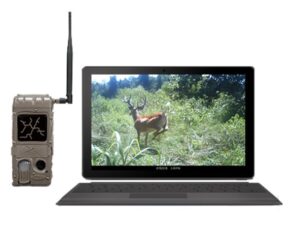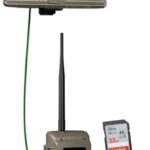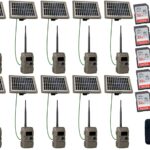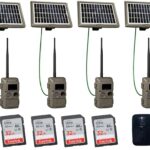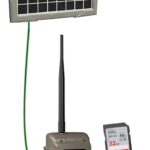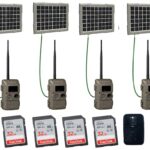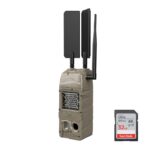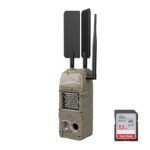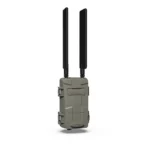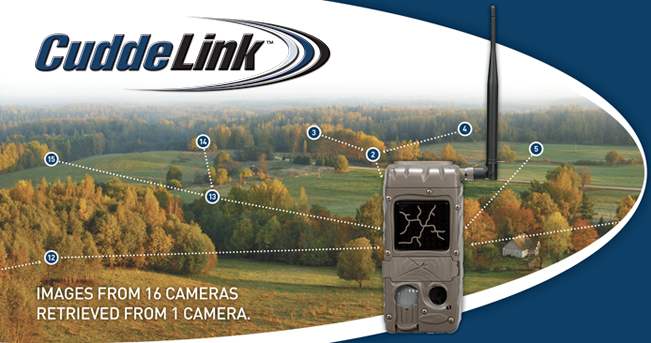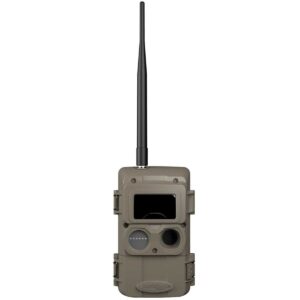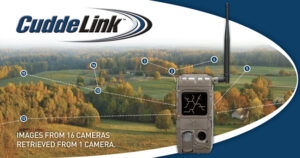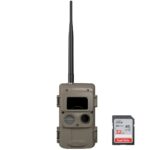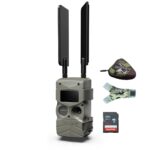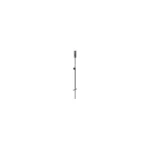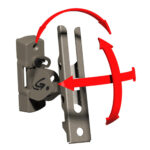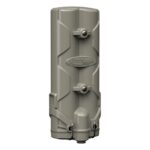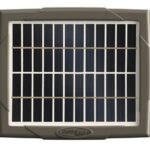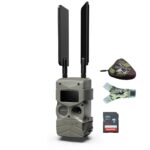CuddeLink Cameras Fix the Dead Zone With Fewer Trips to the Woods
CuddeLink Cameras Fix the Dead Zone With Fewer Trips to the Woods. Hunting properties often have dead zones where cell signals are weak, making it difficult to place trail cameras. This creates a dilemma for hunters who want to capture images of deer in these areas. Placing a traditional camera in these spots means having to trounce onto the property every few weeks to pull the SD card, which could spook the deer. On the other hand, not having a camera on a heavily used trail or scrape means missing out on valuable information.
One solution to this problem is to use cellular trail cameras. These cameras use a cellular network to send images directly to the user’s phone or email, eliminating the need to physically check the camera. This not only saves time, but it also reduces the risk of spooking deer. Additionally, many cellular trail cameras have motion sensors that can detect movement and send real-time alerts to the user’s phone.
Another option is to use a wireless trail camera system. These systems use a base station that is connected to a cellular network to transmit images from multiple cameras. This allows hunters to place cameras in dead zones and still receive images without having to physically check each camera.
The Cuddeback Dual Cell cellular camera is a unique device that can capture images in places where typical cell cameras fail. This camera is perfect for capturing images in sacred grounds where human contamination is a concern. By using this camera in conjunction with one or more CuddeLink enabled remote J or G series cameras, you can get high-quality images from even the most remote locations.
One of the key features of the Cuddeback Dual Cell cellular camera is its ability to connect to cellular networks. This allows you to remotely access and
download images from the camera without having to physically retrieve the device. Additionally, the camera is designed to work in even the harshest of conditions, making it a reliable option for outdoor enthusiasts.
Overall, if you’re looking for a camera that can capture images in remote and hard-to-reach locations, the Cuddeback Dual Cell cellular camera is an excellent choice. Its unique features and capabilities make it a valuable tool for anyone looking to capture high-quality images in challenging environments.
To eliminate dead zones and get images from areas with no cell signal, use Cuddeback’s Dual Cell and CuddeLink enabled remote cameras. Simply place the Dual Cell in an area with cell coverage on your property and use additional cameras in the dead zones. The proprietary CuddeLink network will wirelessly relay images to the Dual Cell, which will send them directly to you via text and/or email. Cuddeback’s advanced cameras are designed to work in areas where lesser cell cameras fail, and with only one cell plan, you can receive all of the images.


